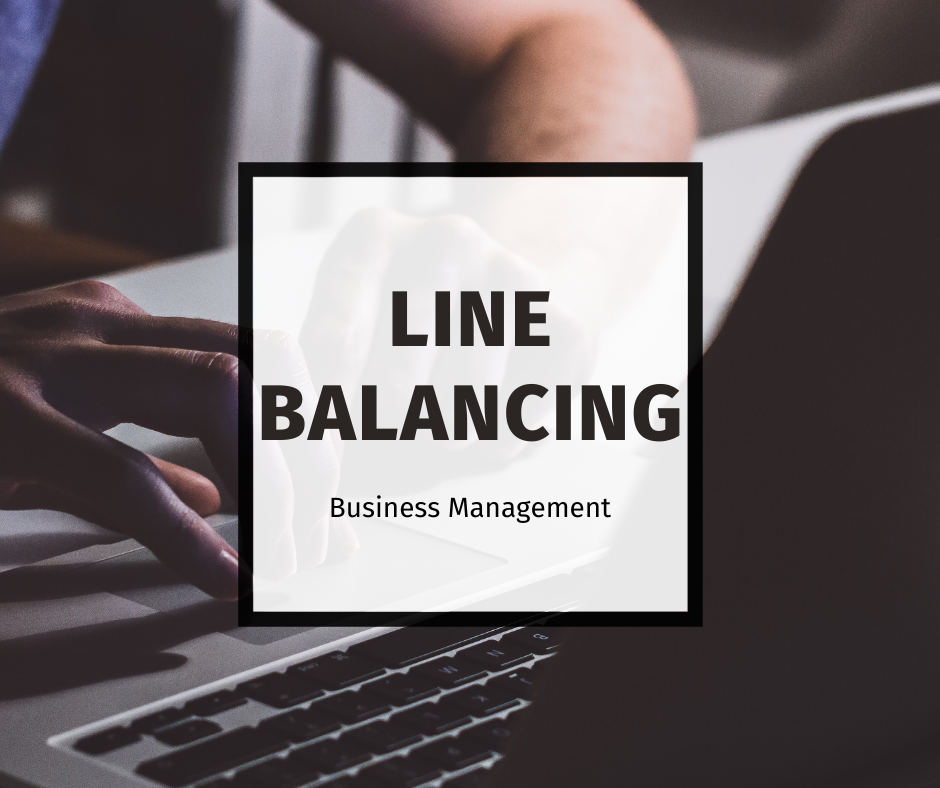Corporate Governance Essentials
Introduction Corporate governance is the system of rules, practices and processes by which an organization is directed and controlled. Objectives Corporate governance ensures that organizations have appropriate decision-making processes and controls in place to meet the interests of all stakeholders (regulators, shareholders, employees, suppliers, customers and the community). Duration 1 days | 9am – 5pm…
COST-BENEFIT ANALYSIS – UNDERSTANDING & IMPLEMENTATION
Introduction Cost benefit analysis is concerned with the theory and application of criteria for investment decision-making. The purpose of this course is to develop an understanding of the principles of cost benefit analysis and to indicate the usefulness and limitations of the method by way of project evaluations and other varied examples on its implementation….
DESIGN THINKING AND INNOVATION
Introduction Disruption is all around us, and it is making its way to every organisation in every industry. For professionals, the opportunity to affect an organisation’s transformation through innovation has never been greater. For organisations, the need to leverage the skills and abilities of their workers has never been more urgent. Knowing how to innovate…
ESG Sustainability Management
Introduction Environmental, social, and corporate governance (ESG) is a set of considerations, including environmental issues, social issues and corporate governance. Integrating these ESG considerations into products and services has an impact on an organization’s performance. This positive connection can be explained by a reduction in risk exposure, which can result in improved financial performance and…
LINE BALANCING TECHNIQUES FOR OPERATIONS MANAGEMENT
Introduction Line balancing is used to minimise idle time and remove potential bottlenecks within a process. Effective line balancing forms the core of every successful organisation as the strive to increase productivity without incurring unnecessary costs gathers steam. Factors contributing to high costs such as excessive overtime and manpower, high level of inventory and idle…
Supply Chain Management and Auditing
Introduction Supply Chain Management (SCM) encompasses the coordination of all activities like sourcing, design, production, warehousing, shipping, and distribution. The primary goal of SCM is to improve efficiency, quality, productivity, and customer satisfaction. The purpose of a Supplier Quality Audit is to verify if the supplier’s quality systems, processes, products and services satisfy or are…
TECHNICAL WRITING 101
Introduction Reports are the lifeblood of decision making and monitoring in business. Ideally, they provide relevant, vetted information that allows a reader to easily understand both context and implications and make an informed decision. However, too often, important information is buried and organisation is muddled. And, writing a report can feel like a time-draining burden….
THE FUNDAMENTALS OF BUSINESS PROCESS REENGINEERING
Introduction Business Processing Reengineering (BPR), as defined by Michael Hammer, is the essential re-thinking and radical redesign of business processes to bring about dramatic improvements in critical, contemporary measures of performance, such as cost, quality, service and speed. BPR advocates that organisations return to the basics and reexamine their very roots and aim for total…








